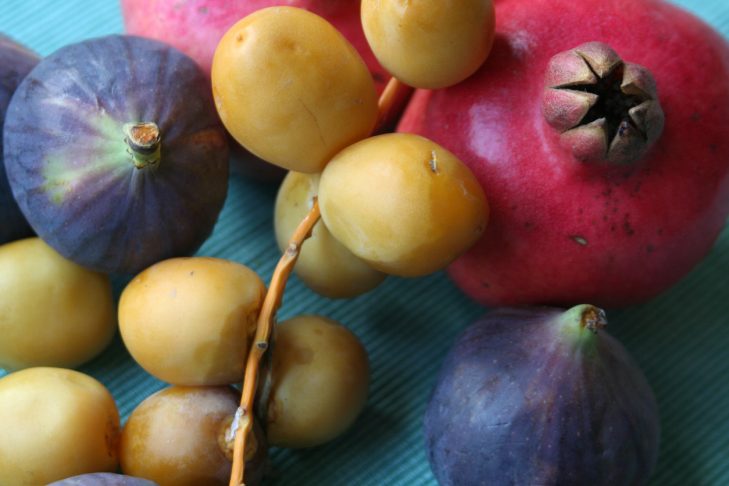The “Seven Species of Israel” are identified in the description of Israel in Deuteronomy 8:8, “a land of wheat, barley, grapevines, figs, and pomegranates; a land of oil olives and date honey.” These fruits and grains were the staple foods of biblical times, and still maintain a presence across modern Israel’s landscape. It has become a tradition to include tastes of the seven species on Tu B’Shevat, the Jewish holiday celebrating the New Year of the Trees.
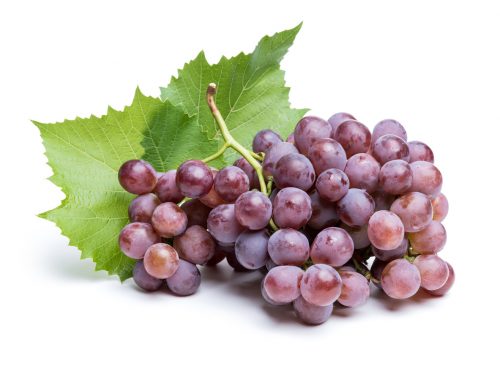
(Photo: chengyuzheng/iStock)
Grapes
- The most grown fruit in the world.
- A symbol of peace, plenty and the good life, grapevines are a source of pure water when cut open and make excellent building material for shelters. (No doubt our ancient ancestors used the vines to build their sukkot!)
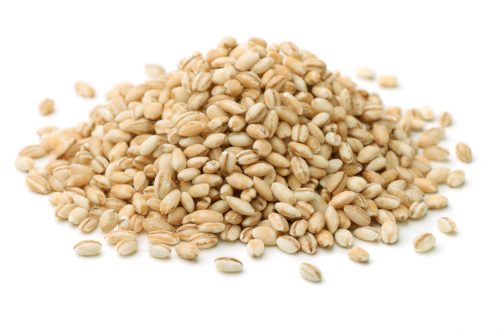
(Photo: Coprid/iStock)
Barley
- It was so important in the ancient world—before and during biblical times—that it was used as the basis of measurement and a common denominator for bartering.
- After the Roman conquest, wheat became the primary grain of Israel and barley was reduced to being the poor man’s food and animal fodder.
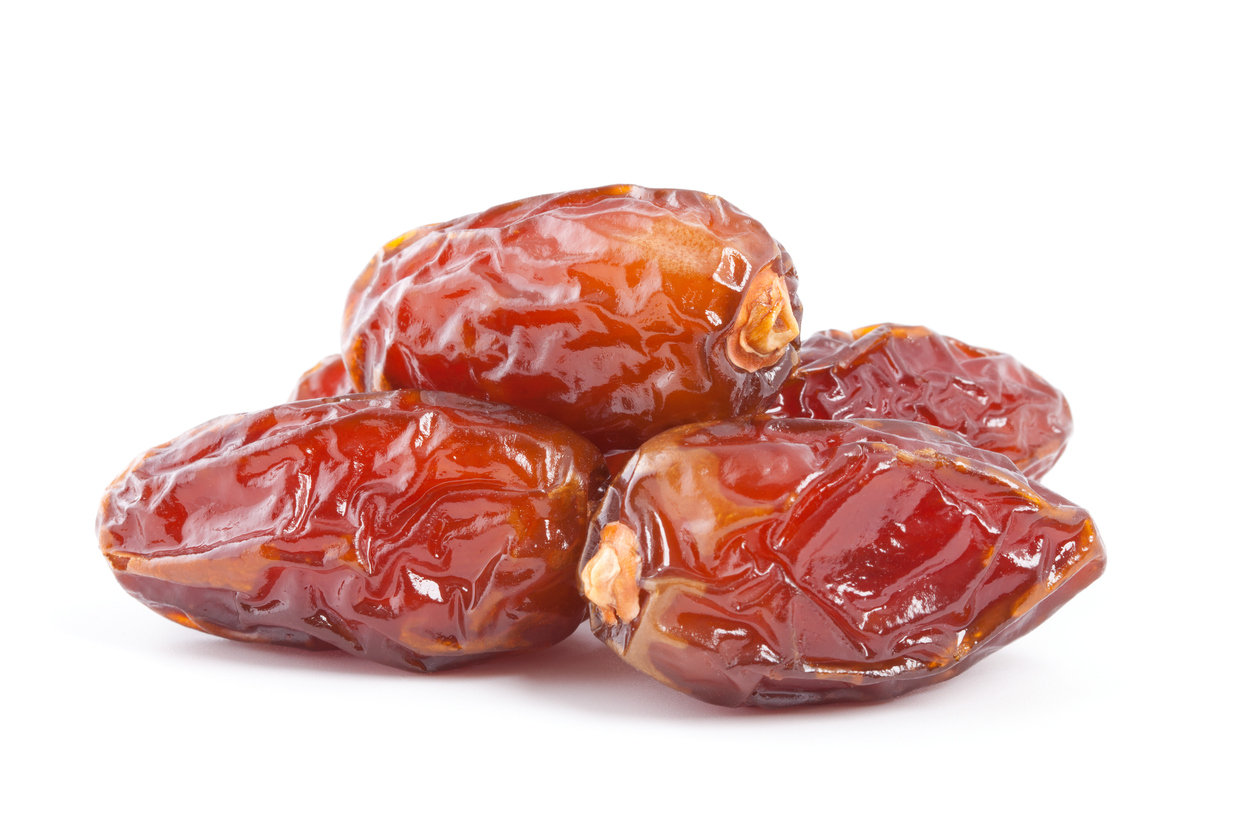
(Photo: iStock/Ekaterina_Lin)
Dates
- One of the oldest cultivated fruits.
- Most of the honey consumed in ancient Israel was fruit honey extracted from dates and grapes. “The land flowing with milk and honey” refers to date honey.
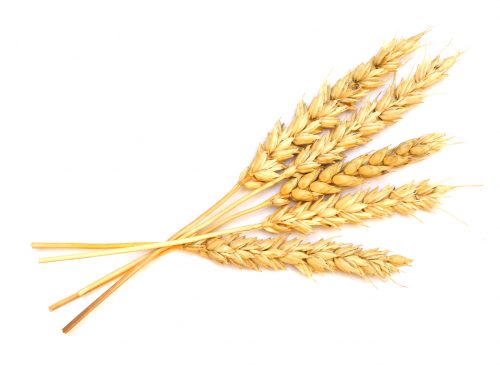
(Photo: RusN/iStock)
Wheat
- Two types are used for baking: hard (spring) and soft (winter). Hard wheat is high in gluten and mostly used by commercial bakers. Unbleached all-purpose flour, which the everyday consumer uses, is a mixture of hard and soft wheat.
- The rabbis considered flour so important that they said, “Where there is no flour, there is no Torah. Where there is no Torah, there is no flour” (Pirkei Avot 3:21).
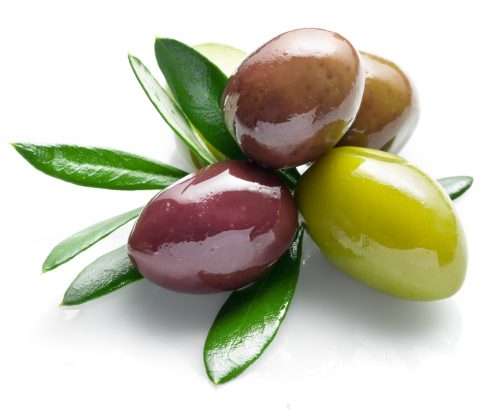
(Photo: ValentynVolkov/iStock)
Olives
- In Israel, it’s against the law to cut down a living olive tree.
- Black and green olives are harvested from the same tree. Olives start as a green drupe and ripen to purple or black. They may be eaten ripe or cured (pickled).
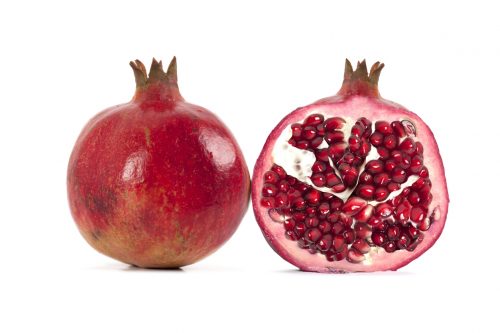
(Photo: 101cats/iStock)
Pomegranates
- Symbolize hope, fertility and eternity, and have legendary longevity—pomegranate trees over 200 years old have borne fruit.
- Not actually a fruit—rather, a tough, leathery skin that covers a mass of small and shiny red, pink or clear fruit.
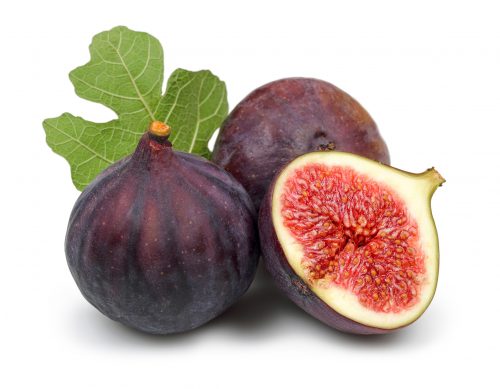
(Photo: kaanates/iStock)
Figs
- There are over 800 species of figs in many sizes and colors, including brown, purple, green, yellow and black.
- Symbols of prosperity, security and fertility, figs are a natural confection and often dried for preservation.


